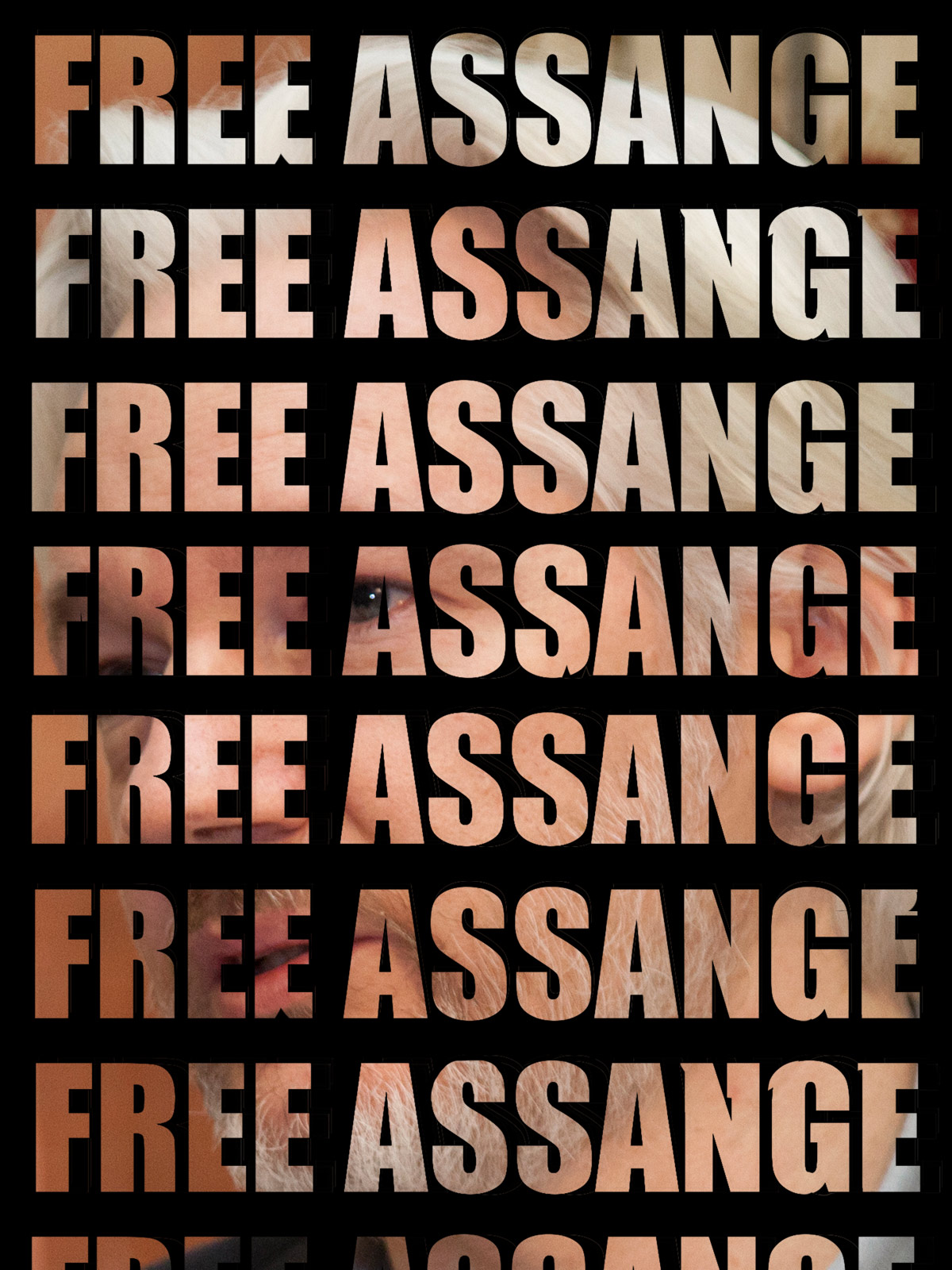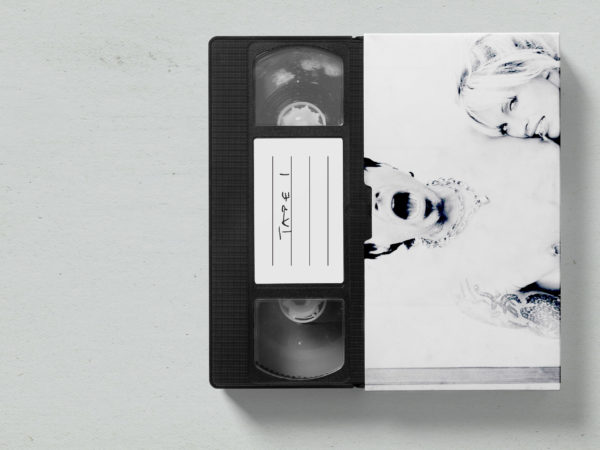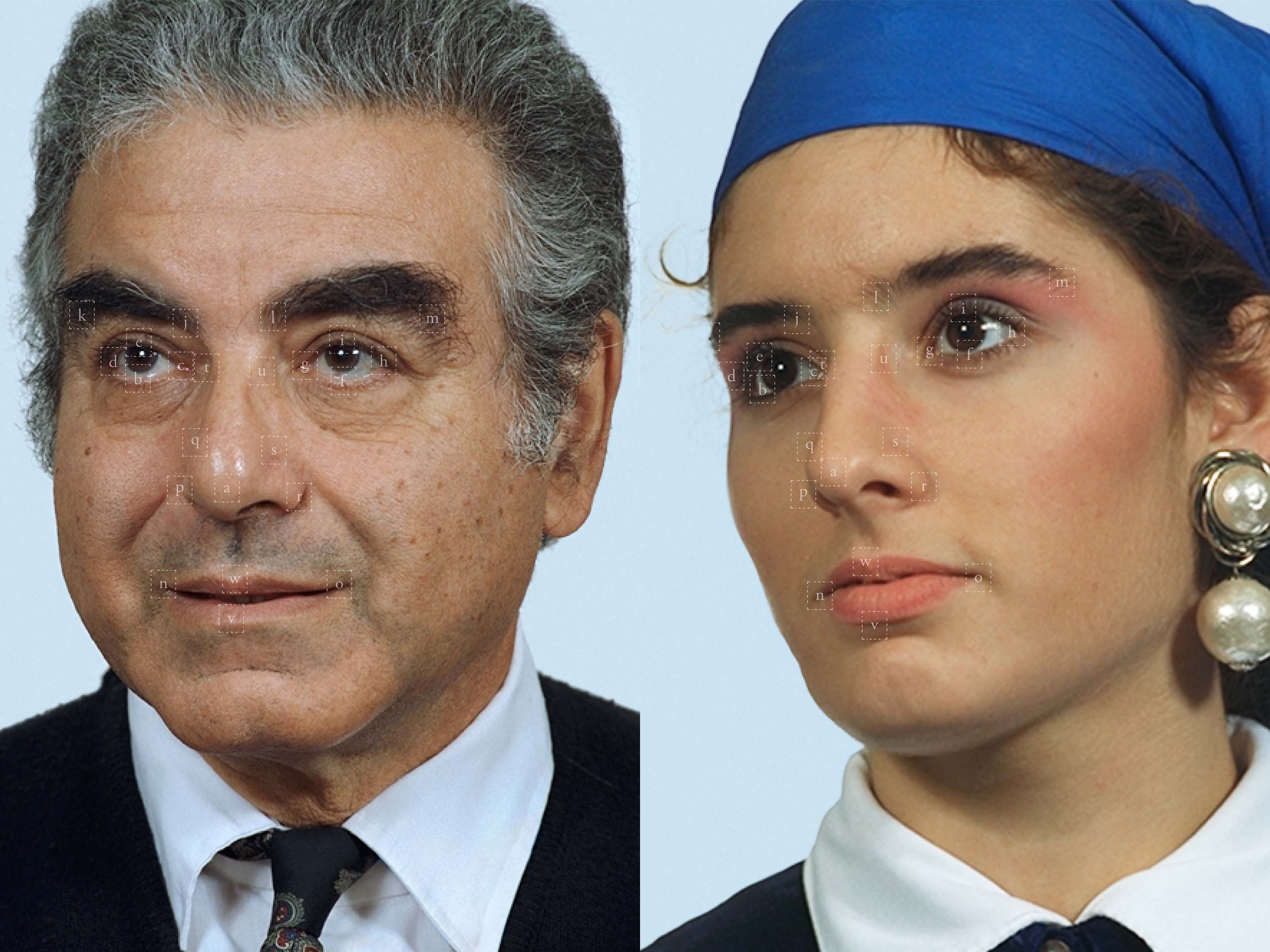The community bought an NFT for $53 million, with the aim to fund the WikiLeaks founder’s legal fees
A DAO—short for decentralized autonomous organization—is an online community that makes collective decisions on how to spend shared funds. In October of 2021, it was revealed that a DAO purchased Once Upon a Time in Shaolin, the one-off Wu-Tang Clan album previously owned by Martin Shkreli. The following month, another DAO came very close to buying one of the 13 remaining copies of the original United States Constitution. This week, AssangeDAO won the bid for Clock, an NFT created by digital artist Pak and Julian Assange, founder of WikiLeaks. The winning bid? $53 million.
A little background: In 2010, WikiLeaks released a series of leaks provided by Chelsea Manning, a US army intelligence analyst. Following these leaks, the US government launched a criminal investigation and Assange took refuge in the Embassy of Ecuador in London. Since April of 2019, he has been imprisoned in London, with a court ruling this past December that Assange can be extradited to the US to face charges. In response to this ruling, an online community created AssangeDAO. “The mission of the AssangeDAO is to inspire a powerful solidarity network and fight for the freedom of Julian Assange,” their website reads.
“What are the regulatory, logistical, and ethical constraints that DAOs face when deciding to back a figure or a cause?”
Visually, Clock simply counts the days Assange has spent in prison. But as is the case with most NFTs, the visual is secondary. While the majority of NFTs are best described as an investment first and as an “artwork” second (or third, or fourth), Clock exists primarily as a fundraiser—the proceeds will fund Assange’s legal defense. Pak, the artist, remains anonymous, but Clock isn’t their first project that has made headlines. The Merge consisted of 250,000 NFTs programmed to join together upon purchase. If considered a single piece of art, it would be the most expensive digital artwork sold to date, with a total price of $91.8 million.
This sale marks a shift in the broader culture’s basic understanding of DAOs and what they can do. We’ve seen funds pooled to purchase a museum artifact, but AssangeDAO’s winning bid reveals the platform’s potential for enabling real-world intervention. To what extent will this potential be realized? A more provocative question: What are the regulatory, logistical, and ethical constraints that DAOs face when deciding to back a figure or a cause? Blockchain and crypto advocates have often leaned on the term “growing pains” when faced with difficult questions about the potential consequences these technologies enable. Perhaps, in the future, a DAO will bring these questions into even greater public view.



















